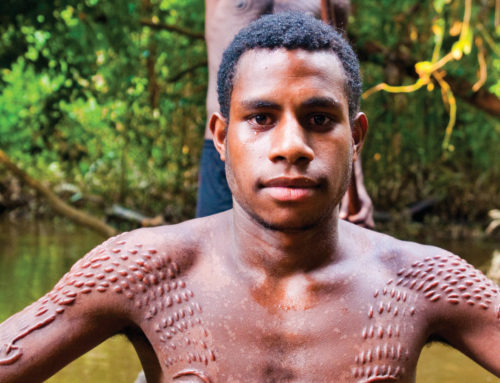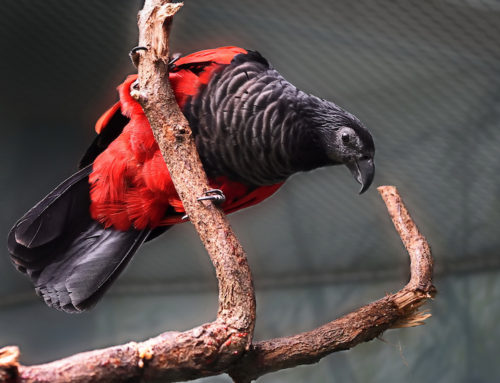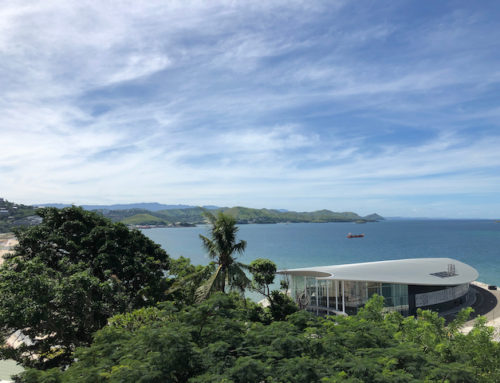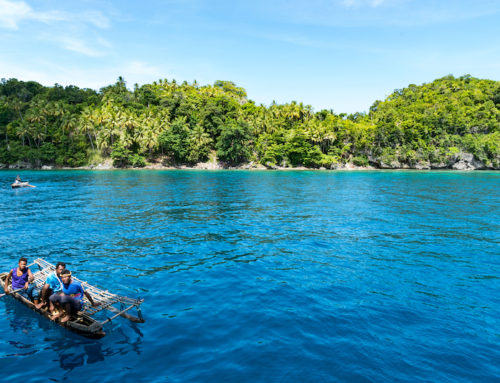Papua New Guinea’s Tree Kangaroo
Thursday, 11 February 2021
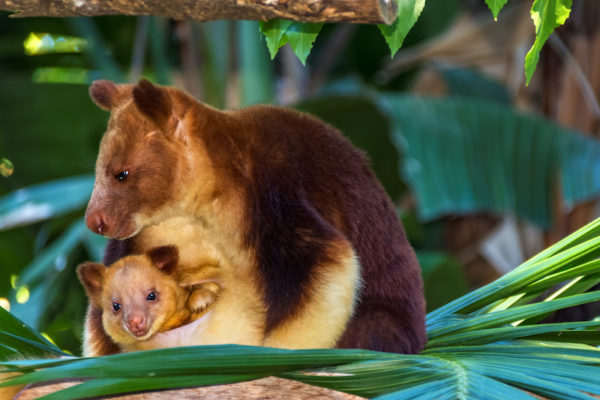
Distinctive in appearance, remarkable in their climbing ability and renowned for the heights they can jump, tree kangaroos are among the truly unique wildlife endemic to Papua New Guinea.
In fact, of the world’s 14 species of tree kangaroo, 12 are found in New Guinea, and now some are slowly but surely emerging from the brink of extinction.
The tree kangaroo
Found in Australia, Indonesia and Papua New Guinea, tree kangaroos are a fascinating mammal that resemble a cross between a lemur and kangaroo.
Yet, unlike their wallaby and kangaroo counterparts, these smaller macropods feature short hind legs, and strong forelimbs, both of which they use for climbing trees.
Assisting their climbing ability are hooked claws, that they utilise to grasp tree limbs, and long tails that provide them with balance, and together, their hind legs and tails have been known to propel them up to almost 10 metres when jumping.
Meanwhile, tree kangaroos come in a variety of colours and hues, ranging from black to brown, and burgundy, white and yellow.
They are herbivores with their diet consisting of tree leaves, grass shoots, moss, flowers, and tree bark.
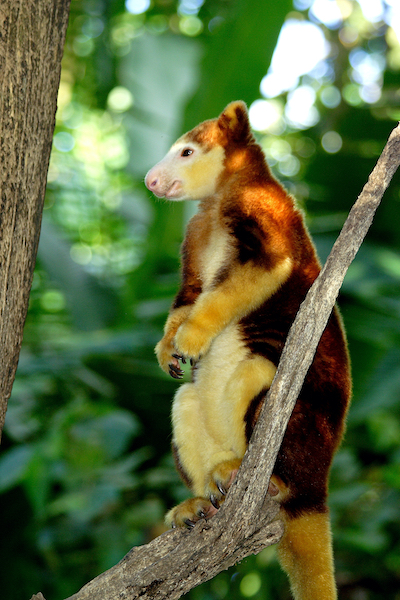
A nurturing mammal
Tree kangaroos tend to live a solitary existence, but the initial bond between mother and offspring is undeniable.
Joeys spend up to 10 months in their mother’s ouch, first venturing out into the world after eight months, but returning to nurse.
They are typically weaned at around 13 months before finally setting off to claim their own habitat after a year and a half.
Tree kangaroos of Papua New Guinea
Among the tree kangaroos found in Papua New Guinea are about eight different varieties, and their habitat varies from the lowlands to mountainous rainforest.
Papua New Guinea tree kangaroos include:
- Matschie’s tree-kangaroo- found in the Huon Peninsula
- Doria’s tree-kangaroo- found in western, central, and south-eastern New Guinea
- Seri’s tree-kangaroo- found in the highlands of west-central New Guinea
- Goodfellow’s tree-kangaroo- found in central and south-eastern New Guinea
- Golden-mantled tree-kangaroo(or Weimang) – found in the Foja Mountains, Papua and the Torricelli Mountains, Papua New Guinea
- Lowlands tree-kangaroo- found in the southwestern lowlands of Papua New Guinea
- Dingiso- found in the highlands of west-central New Guinea
- Tenkile- found in Sandaun Province, New Guinea
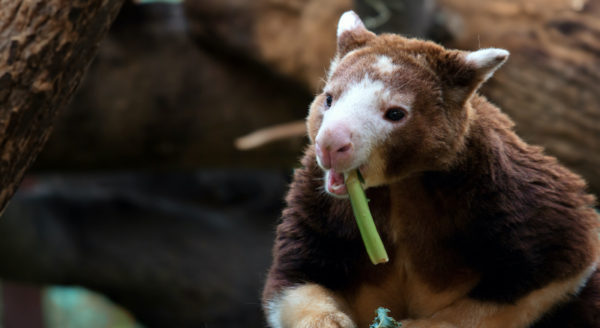
An endangered species
Due to hunting and human habitat, most species of tree kangaroo are threatened to some extent, and in Papua New Guinea it’s no different.
Among the most critically endangered are the Tenkile, Weimang and Matschie’s Tree Kangaroo and the culprits for their reduced population include hunting, palm oil and logging.
But there is hope, with conservation groups now working with villages and communities to reinstate the tree kangaroos’ natural habitat and save them from extinction.
The Tenkile Conservation Alliance
The Tenkile Conservation Alliance is among the groups working with local communities in Papua New Guinea to save endangered tree kangaroos.
Established in 2003, the group partners with villages to create conservation zones and educate communities about the importance of this native species.
In the years since the TCA commenced, they’ve enjoyed considerable success locating both endangered Weimang and Tenkile tree kangaroos, while working with villagers to reduce hunting and provide conservation habitat.
As a result, sightings of both tree kangaroo varieties have increased as these fascinating mammals make their way back from the brink of extinction.
About Paga Hill Estate
Paga Hill Estate is a world-class, master-planned estate in the heart of Port Moresby, Papua New Guinea. The waterfront site is the first comprehensively planned multi-use development in Papua New Guinea to be enjoyed by both residents and visitors alike.
The all-inclusive development will include vibrant public spaces and waterfront promenade, luxury hotels, residential apartments, restaurants, retail, commercial space, a Trade, Exhibition & Cultural Centre, restoration of WWII relics, marina precinct and a nearby international cruise liner terminal.

